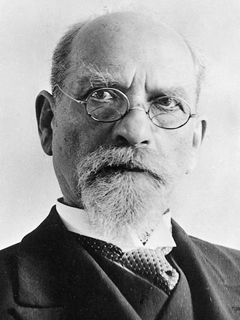
Publication details
Publisher: Kluwer
Place: Deventer
Year: 2002
Pages: 171-183
Series: Phaenomenologica
ISBN (eBook): 9789401700931
Full citation:
, "Semiotics in Husserl's Logical investigations", in: One hundred years of phenomenology, Deventer, Kluwer, 2002


Semiotics in Husserl's Logical investigations
pp. 171-183
in: Dan Zahavi, Frederik Stjernfelt (eds), One hundred years of phenomenology, Deventer, Kluwer, 2002Abstract
Husserl begins the first of his Logical Investigations 1 by examining what he calls "The Essential Distinctions." The first distinction he makes is between two kinds of sign, indications and expressions, Anzeigen and Ausdrücke Notice how he proceeds here at the start of his phenomenology, at the point where he is analyzing consciousness and defming his terms for the very first time. He does not begin his philosophy by looking inward at consciousness. His access to intentional acts is not by introspection. Rather, his access is through the public, palpable, and worldly phenomena of signs, both indicative and expressive. Signs are public things, they are "outside" the mind: they are sounds, marks, arrangements of objects, a wave of the hand, a pile of stones. It is by examining such public things that Husserl gains access to intentionality and makes distinctions within it.
Cited authors
Publication details
Publisher: Kluwer
Place: Deventer
Year: 2002
Pages: 171-183
Series: Phaenomenologica
ISBN (eBook): 9789401700931
Full citation:
, "Semiotics in Husserl's Logical investigations", in: One hundred years of phenomenology, Deventer, Kluwer, 2002

